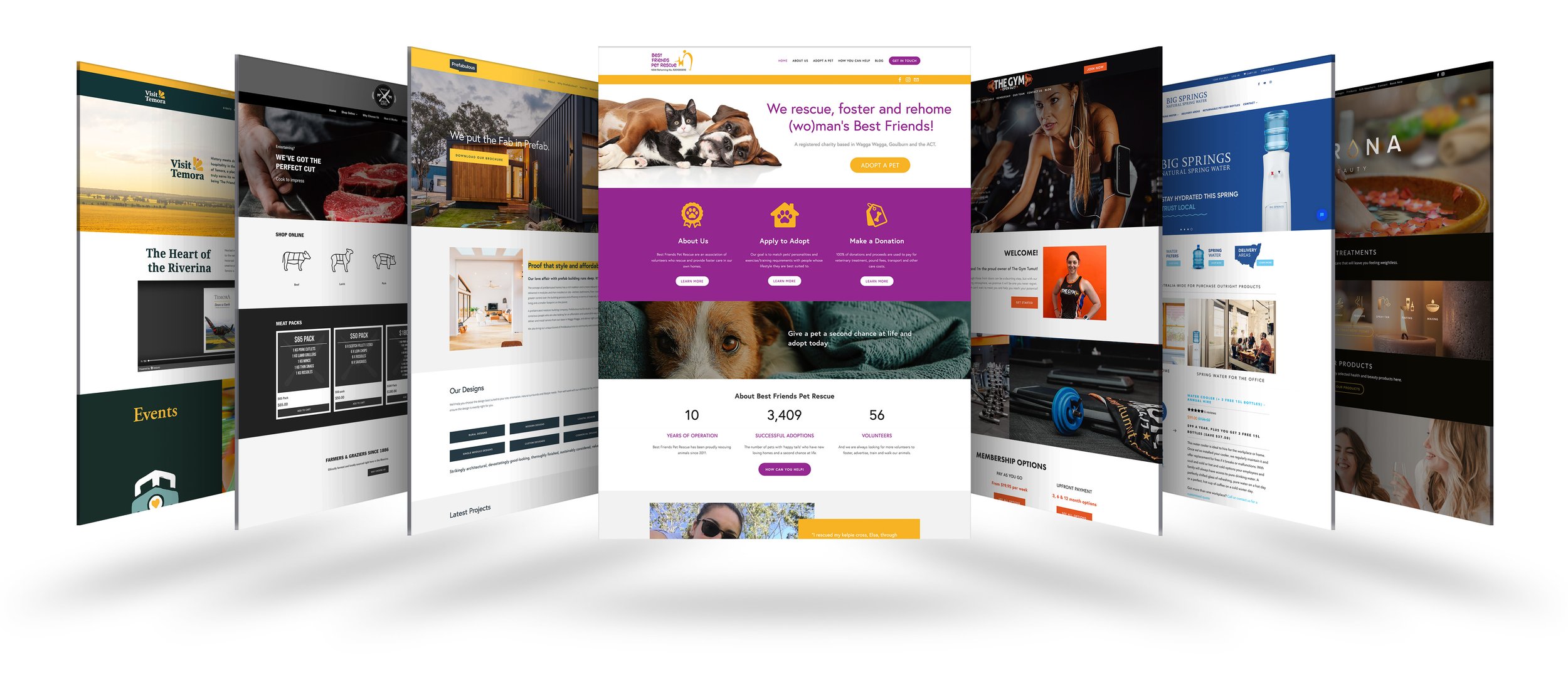Top Trends in Internet Site Design: What You Need to Know
Minimalism, dark setting, and mobile-first methods are amongst the essential motifs shaping modern-day design, each offering special advantages in individual engagement and performance. In addition, the emphasis on access and inclusivity underscores the relevance of creating electronic settings that cater to all customers.
Minimalist Design Looks
Recently, minimalist layout aesthetics have actually arised as a dominant fad in website layout, highlighting simplicity and capability. This strategy prioritizes crucial content and gets rid of unnecessary elements, thus boosting customer experience. By focusing on tidy lines, adequate white room, and a limited color combination, minimal designs help with much easier navigating and quicker lots times, which are crucial in keeping individuals' interest.
The performance of minimal design depends on its ability to convey messages clearly and directly. This clearness promotes an user-friendly user interface, enabling individuals to accomplish their objectives with very little diversion. Typography plays a substantial duty in minimal style, as the option of font style can evoke certain feelings and guide the user's trip via the web content. The calculated use of visuals, such as top quality images or refined computer animations, can improve user engagement without frustrating the total aesthetic.
As electronic areas continue to progress, the minimalist layout concept remains pertinent, dealing with a varied target market. Companies adopting this pattern are frequently regarded as modern and user-centric, which can substantially influence brand name assumption in a progressively open market. Ultimately, minimal layout appearances supply a powerful service for effective and attractive website experiences.
Dark Mode Popularity
Welcoming a growing pattern among individuals, dark setting has gotten significant appeal in website layout and application interfaces. This style approach features a mostly dark color combination, which not just enhances aesthetic charm yet also minimizes eye pressure, especially in low-light atmospheres. Customers increasingly appreciate the convenience that dark mode offers, causing much longer engagement times and an even more pleasurable browsing experience.
The fostering of dark setting is additionally driven by its perceived benefits for battery life on OLED screens, where dark pixels take in much less power. This sensible benefit, combined with the trendy, contemporary look that dark styles give, has actually led many designers to incorporate dark mode options into their jobs.
Additionally, dark setting can produce a feeling of deepness and focus, attracting interest to crucial elements of a website or application. web design company singapore. As an outcome, brand names leveraging dark mode can boost customer communication and produce an unique identity in a jampacked marketplace. With the fad continuing to increase, integrating dark mode into website design is coming to be not simply a choice however a typical assumption amongst individuals, making it necessary for designers and designers alike to consider this aspect in their projects
Interactive and Immersive Components
Frequently, developers are including interactive and immersive components right into sites to enhance user involvement and produce remarkable experiences. This fad responds to the enhancing expectation from users for even more dynamic and customized interactions. By leveraging features such as animations, video clips, and 3D graphics, sites can draw customers in, promoting a deeper link with the content.
Interactive components, such as tests, polls, and gamified experiences, urge visitors to proactively take part instead of passively take in details. This engagement not just keeps customers on the site much longer however additionally boosts the possibility of conversions. In addition, immersive innovations like virtual truth (VR) and enhanced fact (AR) use unique possibilities for companies to display product or services in a more engaging manner.
The consolidation of micro-interactions-- tiny, subtle animations that react browse this site to customer actions-- also plays a vital role in boosting usability. These interactions supply comments, boost navigating, review and produce a feeling of fulfillment upon completion of jobs. As the electronic landscape continues to evolve, using interactive and immersive aspects will certainly stay a substantial emphasis for developers intending to develop interesting and reliable online experiences.
Mobile-First Approach
As the prevalence of smart phones remains to surge, adopting a mobile-first approach has become vital for web designers aiming to optimize user experience. This strategy emphasizes developing for mobile devices before scaling up to bigger displays, making certain that the core capability and web content are obtainable on one of the most generally made use of system.
Among the main advantages of a mobile-first approach is boosted efficiency. By concentrating on mobile design, websites are structured, minimizing tons times and improving navigation. This is especially vital as users anticipate rapid and receptive experiences on their mobile phones and tablets.

Ease Of Access and Inclusivity
In today's digital landscape, making certain that internet sites are easily accessible and inclusive is not simply a best technique but an essential requirement for reaching a diverse target market. As the web remains to work as a main means of interaction and business, it is important to identify the diverse needs of customers, including those with disabilities.
To achieve true ease of access, internet developers have to abide by developed standards, such as the Internet Material Availability Guidelines (WCAG) These guidelines stress the relevance of supplying message alternatives for non-text material, making certain keyboard navigability, and keeping a logical material structure. In addition, inclusive style methods prolong past conformity; they entail creating a user experience that fits various capabilities and preferences.
Including features such as adjustable text dimensions, color contrast choices, and screen viewers compatibility not only enhances use for people with impairments but additionally enhances the experience for all customers. Eventually, prioritizing accessibility and inclusivity fosters a more fair digital environment, urging wider participation and interaction. As businesses progressively acknowledge the ethical and economic imperatives of inclusivity, incorporating these concepts right into website design will come to be an indispensable aspect of effective online techniques.
Verdict
